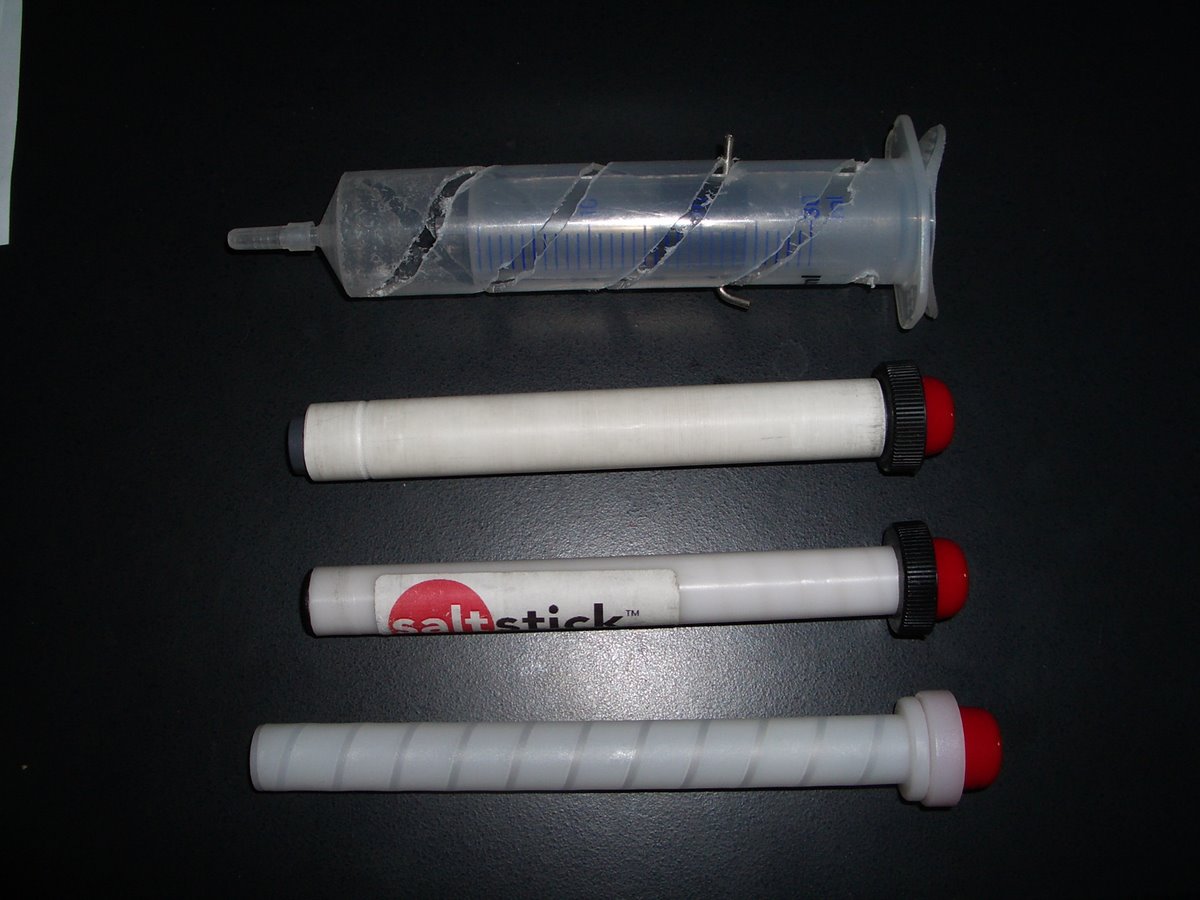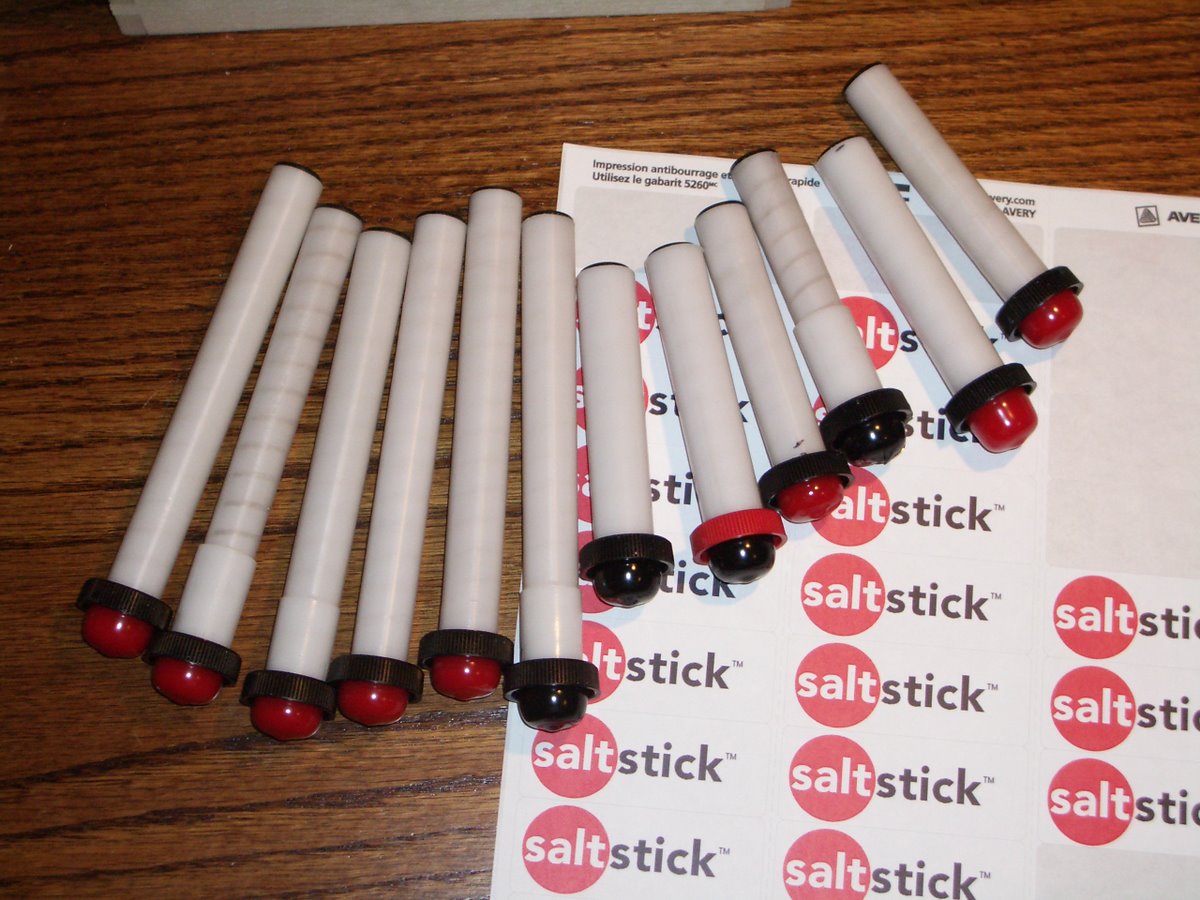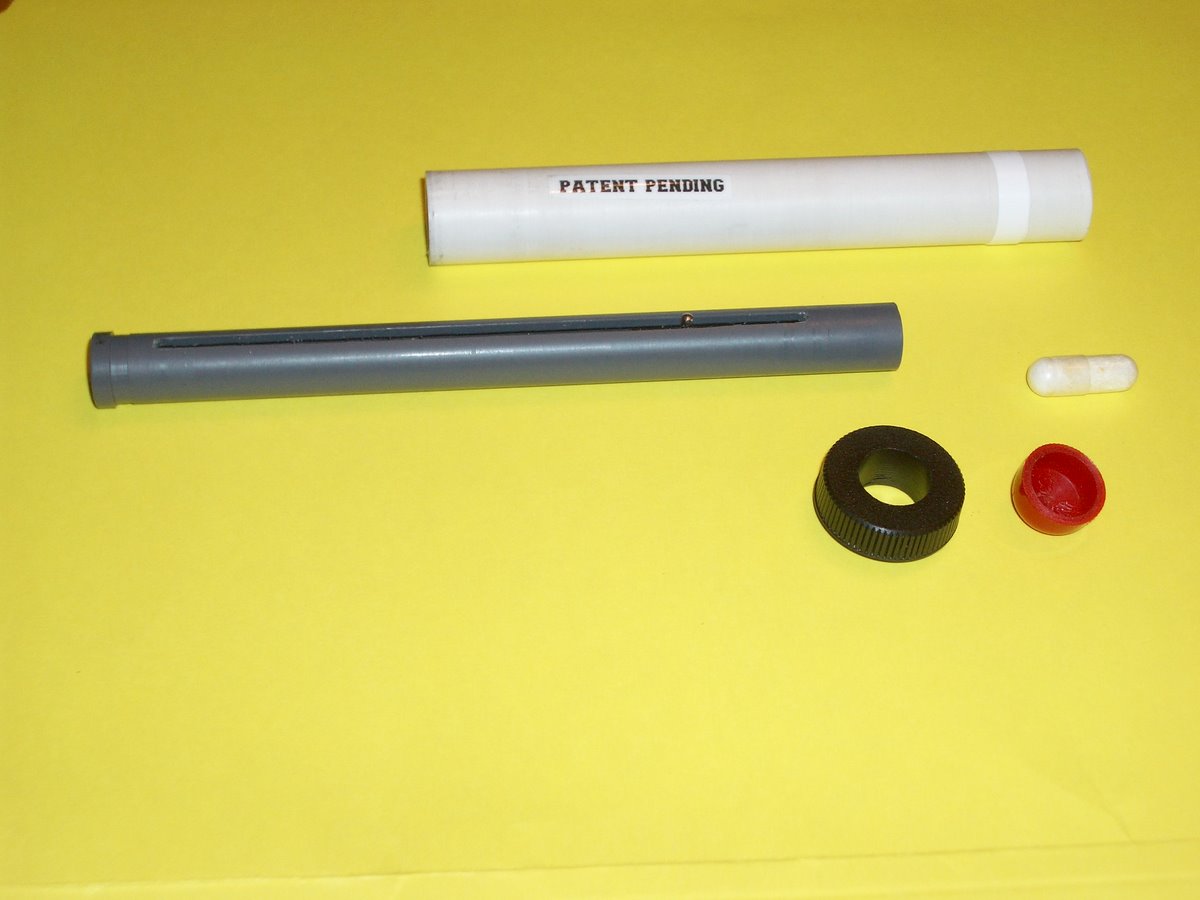An Athlete’s Guide to Inventing

Inventing is really easy. There are only four steps:
1. Think of an idea
2. Make the product
3. Gain worldwide acceptance and sales
4. Make lots and lots of money
The only problem is this: It's not that easy. Each transition is fraught with challenges and uncertainty, and there are many intermediate steps to consider. Personally, I'm stuck working on #3 as are a lot of other products. Where you end up also depends on where you want to end up. For some people, it is the draw of problem solving that is an end in its own right. For others, making a product marketable is the end goal. For yet others, making money is the end goal, perhaps independent of the mode of financial success. Most inventors I know tend to have a balance of priorities.
I can't remember how many times I've had people come up to me and say, "I have an awesome idea but I've just never made 'x'. I know I could sell a million of them. You know that product 'y'? Well, I had that idea too years ago." The problem is, they didn't invent "y" and unless they get off their ass and get busy, their "x" idea will remain just that. Frankly, inventing isn't for everybody – it's fun to dream, but when it comes time to put down ideas, spend time and money to actually make something happen, and cultivate the results, it's like a very, very long triathlon. There is a reason there are only a couple of Google-like companies in the world. There are a lot of flat tires and mechanicals along the way.
In 2002 I began what would be a four year journey towards inventing the SaltStick brand of electrolyte capsules and dispensers. The experience gained during that challenge has not made me into some sort of inventing expert, but I did overcome the odds of moving from concept to reality.
I thought it might be worth expanding on the above 4 steps to help aspiring inventors get a start. Here is a step-by-step manual for the amateur inventor. Of course, there is no "right way" to do this – take these steps as suggestions towards your goals. If you would like to add steps or feel I didn't cover something properly, please add your constructive comments below.
1. Find a problem:
In the author's opinion, you pretty much get out what you put in. The SaltStick dispenser began as identifying a simple problem: How to keep electrolyte capsules dry on the bike. I was really tired of licking salt off wet electrical tape from my bike's top tube during rainy races. Chances are very good that if you have a problem, there are many other athletes facing the same challenge.
2. Solve the problem! Invent something:
Yep, finding a problem can be tough, but a lot of people do that. Now it's time to do more. Identifying a problem doesn't make you an inventor. You need to solve it! This is probably one of the most difficult steps and what most people don't make the leap. The original scope for SaltStick quickly expanded to include "easily accessible to users and inexpensive". Come up with an idea that is a solution to a problem you have.
3. Make sure the solution isn't worse than the problem:
Several years ago I participated in a pilot study of a device designed to help athletes and non-athletes ascend hills on their bicycles more quickly. The inventor (who was a medical doctor) realized that our upper body is not used a whole lot while cycling and thought that using arm power to help the legs uphill could be a useful aid. Unfortunately, the device connecting one's hand to the upper leg (think swimming paddle) proved unwieldy and the results did not demonstrate any benefit in speed. Feedback from other testers confirmed the solution created new problems and didn't solve the original one very well.
4. Surround yourself with the right people:
No man is an island, and a do-it-yourself inventor cannot be expected to be an expert in all areas. Get the right people or companies on board at the right times. In SaltStick's case, I hired a local machine shop to produce a prototype from a rough-hewn model I made with a Dremel and some hollow tubes. That provided the foundation to move forward. Without some outside help, you'll probably lack certain skills necessary to move on.
5. Don't worry about what some people say, and don't sell out.
There is a TV series in my homeland of Canada called "Dragon's Den" that pits would-be inventions and inventors against several wealthy potential investors. The inventors pitch their idea/product/solution to the Dragons for funding in exchange for part ownership in the product. It's aptly named because a very large percentage of the inventors and their products get totally laughed off stage. Granted, some ideas are just not meant to be. But in some cases the Dragons are wrong and decide not to back worthy products. Show producers regularly provide updates on past show participants and oftentimes products that got laughed off the show actually make it to market and gain some measure of success. It's great to solicit feedback on your invention, but be sure to develop a thick hide because you're likely to face a lot of rejection. Move on with your idea if you feel it is worthwhile.

6. Make a working prototype:
Time to get real. It's hard to test and improve upon a product that doesn't exist. If your home workshop isn't compatible, get professional help. Time to pony up some money if you believe in this project.
7. Get feedback:
Gaining outside feedback is critical as your invention progresses. Like a bulldog, inventors tend to cling to a certain embodiment of their invention and it may be difficult to see modifications or improvements that are worthwhile. Outside feedback can be very useful to take off the blinders and open up additional possibilities. Remember, you've developed a thick hide by now, so you are ready to take the criticism without caving in. In 2005 I spent over $1000 on 25 handmade working SaltStick dispensers that I freely gave out at Ironman Kona to pro athletes. Their feedback was invaluable in moving forward.
8. Protect your intellectual property (IP):
This isn't really a step so far along as much as something you should consider from the beginning. Putting in place the right documents (like a non-disclosure agreement, NDA) available through the web and other sources, can help protect the value of your invention when you begin to get other people involved in the process. It helps to limit public exposure of your invention as it may limit your patent coverage or start a clock that requires filing official documents like a patent within a window in order to qualify for protection. If you are thinking about names for your product, run, don't walk to register the corresponding domain names (variants as well, and international domains if you are thinking big picture, which you should be). Getting the right professional help with IP protection will likely be a balance between cost and your desire to protect your idea. The best strategy early on is probably to keep your idea as secretive as possible. I have heard of many inventors actually going broke trying to protect their IP that they never get their invention off the ground.
9. Identify your core market:
Not every product will suit every application or user. It's probably best early on to identify the best market for your invention and pursue that market initially. Many triathletes will notice that a product like Fuel Belt began its origins in the triathlon world, and has now expanded focus to include the much larger running segment. SaltStick also began to serve a group of athletes I knew and loved (yes, triathletes) and is slowly being adopted by other sports such as football, soccer, running and cycling. It makes sense to work with a market you can understand first.
10. Surround yourself with the right people and companies:
This item is not a mis-print. It will become more and more important to align yourself with the right people the further you progress along this path. It may be time to consider packaging, labeling, marketing material, fulfillment, production, etc… and there are experts in the world in each field. You can also go broke if you contract everything to other people, so it will likely be a balance between your expertise and what others can do for you more efficiently. For example, if you don't have a business background, it may be time to take on a business partner who can help guide your product to the next level.

11. Don't give up your day job:
If at all possible, keep your invention as a hobby and not something that becomes a "must succeed" income generator. My feeling is that products brought to market with the sole intent to generate financial gain are much more likely to fail (due to haste, poor design, lack of attention to detail) than products that enter the marketplace with nothing to prove. Yes, one needs to be focused and the desire for success, but that becomes so much more manageable without the pressure of necessary success.
12. Price your products fairly:
Pricing your product can be a real challenge. A unique item without a market reference can be very difficult to price and large companies make a significant effort to study sales potential and pricing. It's usually an inversely proportional relationship between volume and price (ie. the higher the price, the lower the volume). A product with some unique features in an existing market will more likely align with existing product pricing. It is important to take into account some of the development costs- for example with SaltStick, I had to consider the prototypes, an expensive custom metal mold, patent fees, R&D costs for the capsule and contents among many other aspects, and that doesn't even begin to cover the development time and effort. Some things just have to be rewards unto themselves.
13. Sell your product:
Yes, the time has come to get your widget out of the house. The worst is probably behind you at this point, but don't let down your guard as there are always new challenges that turn up. One of the most important attributes I feel an inventor needs to have is to be flexible with demands and innovative with their solutions to problems.
Thirteen easy steps – and oh-so-many-more in between. It could take a couple of months, or as I discovered, several years of dedicated effort on a road pitted with landmines. Every journey is different. Are you ready?
[Jonathan Toker is the Slowtwitch.com science editor and an elite-level runner-triathlete who hails from Canada and lives in Southern California. He received a Ph.D. in organic chemistry from The Scripps Research Institute in 2001. Jonathan invented the SaltStick products in 2002, and has worked tirelessly to bring these innovations to market. www.SaltStick.com.]

